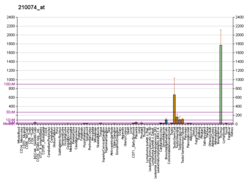
Cathepsins are proteases found in all animals as well as other organisms. There are approximately a dozen members of this family, which are distinguished by their structure, catalytic mechanism, and which proteins they cleave. Most of the members become activated at the low pH found in lysosomes. Thus, the activity of this family lies almost entirely within those organelles. There are, however, exceptions such as cathepsin K, which works extracellularly after secretion by osteoclasts in bone resorption. Cathepsins have a vital role in mammalian cellular turnover.

Cathepsin S is a protein that in humans is encoded by the CTSS gene. Transcript variants utilizing alternative polyadenylation signals exist for this gene.

Cathepsin O is an enzyme that in humans is encoded by the CTSO gene.
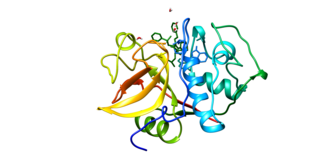
Cathepsin K, abbreviated CTSK, is an enzyme that in humans is encoded by the CTSK gene.

Cathepsin B belongs to a family of lysosomal cysteine proteases known as the cysteine cathepsins and plays an important role in intracellular proteolysis. In humans, cathepsin B is encoded by the CTSB gene. Cathepsin B is upregulated in certain cancers, in pre-malignant lesions, and in various other pathological conditions.

Cathepsin L1 is a protein that in humans is encoded by the CTSL1 gene. The protein is a cysteine cathepsin, a lysosomal cysteine protease that plays a major role in intracellular protein catabolism.
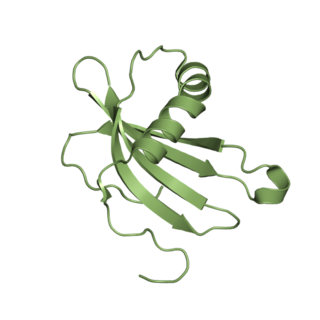
Cystatin-A is a protein that in humans is encoded by the CSTA gene.

Cystatin-B is a protein that in humans is encoded by the CSTB gene.
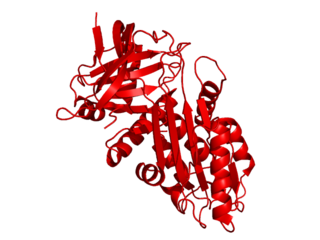
Serpin B3 is a protein that in humans is encoded by the SERPINB3 gene.

Cathepsin H is a protein that in humans is encoded by the CTSH gene.
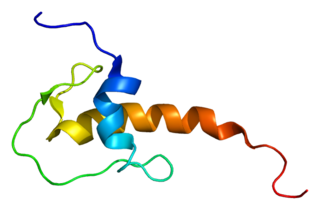
Lympho-epithelial Kazal-type-related inhibitor (LEKTI) also known as serine protease inhibitor Kazal-type 5 (SPINK5) is a protein that in humans is encoded by the SPINK5 gene.
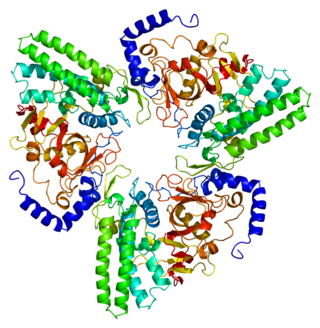
Bleomycin hydrolase is an enzyme that in humans is encoded by the BLMH gene.

Cystatin-M is a protein that in humans is encoded by the CST6 gene.
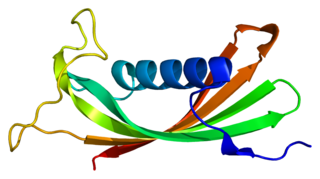
Cystatin-D is a protein that in humans is encoded by the CST5 gene.

Cathepsin Z, also called cathepsin X or cathepsin P, is a protein that in humans is encoded by the CTSZ gene. It is a member of the cysteine cathepsin family of cysteine proteases, which has 11 members. As one of the 11 cathepsins, cathepsin Z contains distinctive features from others. Cathepsin Z has been reported involved in cancer malignancy and inflammation.

Legumain is a protein that in humans is encoded by the LGMN gene.

Cystatin-8 is a protein that in humans is encoded by the CST8 gene.

Cathepsin W is a protein that in humans is encoded by the CTSW gene.

Serpin B13 is a protein that in humans is encoded by the SERPINB13 gene.

Cathepsin F is a protein that in humans is encoded by the CTSF gene.





